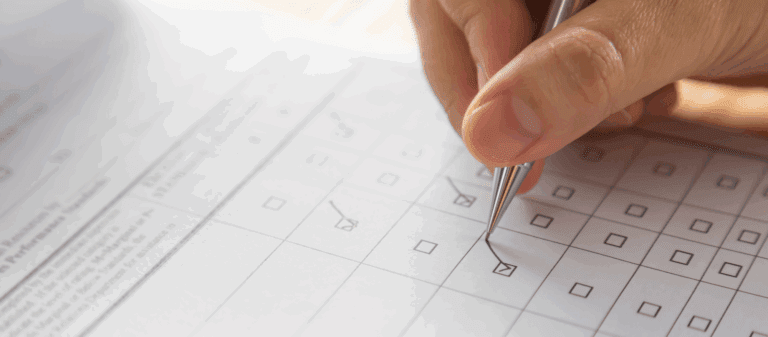Student loans overview
Total debt for student loans is currently at $1.5 trillion and seems to show no signs of stopping. To put this amount of money into perspective, here is what we could do with over a trillion dollars:
- Purchase 750,000,000 homes (based on a median house cost of $200,000)
- Buy 115,384 Rolls Royce Sweptails (the most expensive car at $13 Million, though only one actually exists)
- Feed 5,000,000 Americans for their entire life (based on an estimate of $5,000 per year for 60 years)
Point is, $1.5 trillion is A LOT OF MONEY.
In the past decade, this number has tripled. Research from Citizens Financial Group states that 60% of people with student loans expect to pay off their student loans in their 40s. According to Bloomberg, in 1990 a student’s debt was equal to about 30% of their post-tax income. In 2015 a student’s debt was equal to about 75%.
It is obvious that student loans are in a state of crisis. But what’s worse than knowing you might not pay off your loans until you’re in your 40s? Defaulting on your loans. Right now, about 1 million people every year default on their loans. By 2023, it is expected that 40% of borrowers will default on their student loans.
What does it mean to default on a student loan?
A default occurs when the borrower has not made a payment in 270 days. If and when this happens, the balance of the loan becomes due in full and the borrower may incur additional fees. Loans show no mercy, amirite?
Should someone default on a loan, they have a few options:
- Loan rehabilitation. Make a series of 9 monthly payments over 10 consecutive months. Loans can be rehabilitated only once.
- Loan consolidation. There are a couple of options on how to consolidate. This is a great starting point.
- Payment in full. This is a phenomenally obvious yet wildly mind-boggling option. Chances are, if someone has defaulted on their loans, they are not going to be able to pay the loan in full. But, if somehow a person is able to do it, more power to them.
Needless to say, defaulting on a loan is something a borrower wants to avoid. But, for a lot of people this is a lot easier said than done.
Who defaults on student loans?
It is possible for anyone to default on a loan, however, some interesting statistics are emerging from research.
From Brookings Research: “Only 4% of white graduates who never attended a for-profit defaulted within 12 years of entry, compared to 67% of black dropouts who ever attended a for-profit.”
According to Inside Higher Ed, 47% of students who attend a for-profit college defaulted on loans compared to only their peers at community college, where only 13% defaulted.
About one third of people who took out loans but did not graduate end up delinquent by age 35.
7% of black borrowers defaulted, compared to 21.4% of white, non-Hispanic borrowers. (Inside Higher Ed)
Ironically, a higher loan amount does not necessarily mean a higher chance of default. In fact, according to CNBC, about 1 in 3 people who have $5,000 or less in student loans default within four years. Compare that to only 15% of those who have $35,000 or more that will default on their student loans.
While it might seem like what happens after college dictates loan defaults or successful payment of loans, this is not always the case. Family wealth and support, race, and the type of school a student attends are all factors that might contribute to defaulting.
How do student loans affect the rest of the economy?
While it is hard to say with complete certainty, it is likely that enormous student debt will cause individuals to make different economic decisions than previous generations. But, this does not necessarily mean that student loans will gravely hurt the economy.
According to Jeffrey Dorfman, a professor of economics at The University of Georgia, student loan debt is not a factor in overall slow economic growth. He explains that consumer spending does not change in size by borrowing and lending money – it is simply a matter of changing who is spending the money and when they money is being spent. This does not have an effect on the economy.
But, Federal Reserve Chairman Jerome Powell believes that over time, it might in fact slow down economic growth. “You do stand to see longer-term negative effects on people who can’t pay off their student loans. It hurts their credit rating, it impacts the entire half of their economic life.” He also questions why student debt cannot be cleared when filing bankruptcy.
So, while the data may not show an effect on the economy now, in time, it absolutely could.
What now?
It is hard to say what will happen to the current student loan debt – many predict that the student loan bubble is bound to burst and will have strong effects on the economy. While we do not know what will happen, we firmly believe that the current method of funding education cannot continue.
If you have read our posts before, it will come as no surprise that we believe scholarships are large piece of the solution. Interested in working with Kaleidoscope to manage your scholarship? We would love to connect.











